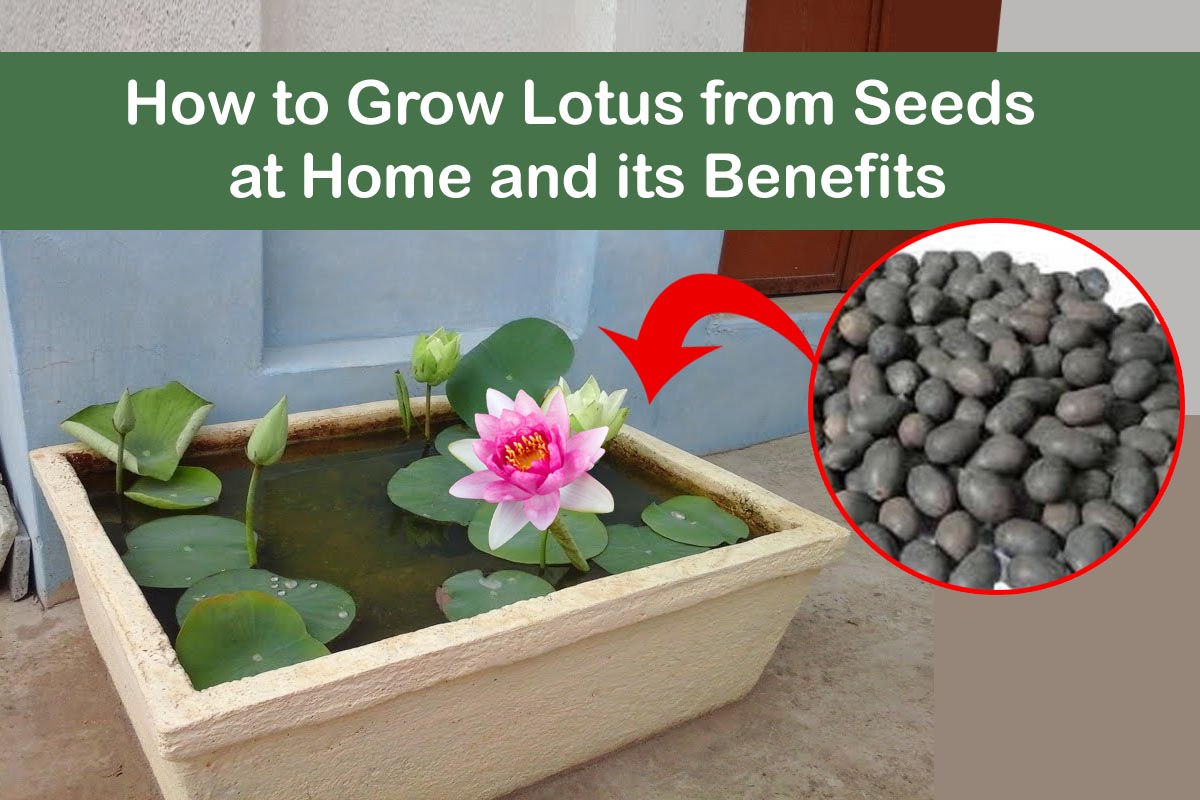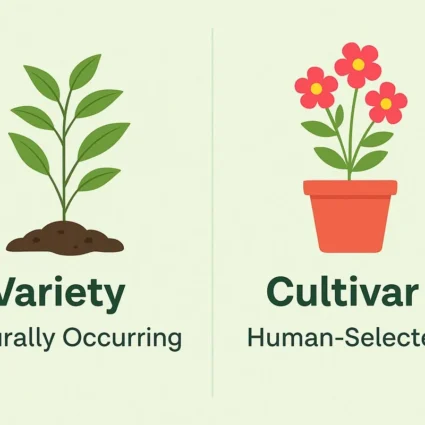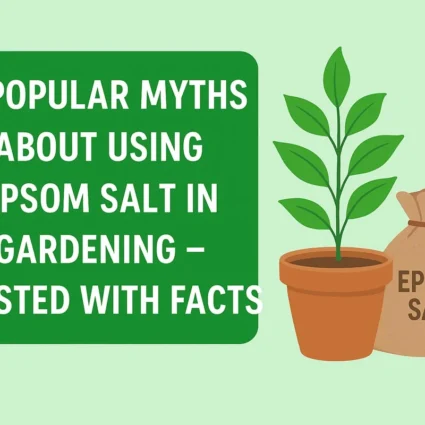
How to Grow Lotus from Seeds at Home and its Benefits
The Lotus flower is a very important part of our Indian culture and art. The Lotus flower is also used as medicine. Many types of diseases of human beings are cured by the flowers of the lotus flower. Lotus flowers are also used to decorate religious places for worship in the temple. Lotus seeds are used as food.
The lotus flower often blooms in water bodies and ponds. It is half in water, half above ground. Its leaves are kept above the water in such a way that it seems that the pond is decorated with lotus flowers. The lotus flower is found in the colors red pink white. The lotus flower is also called the Indian national flower. The lotus flower is also known by other names like Indian Lotus or Secret Lotus.
Also Read This :Hibiscus Flower: How to Grow Cutting and Seeds
The religious importance of lotus in ancient texts
According to the belief of religious texts, Lakshmi Ji resides on the lotus flower. The lotus flower is also considered a symbol of wealth and knowledge. The lotus flower is associated with brightness and spirituality. Many gods are also associated with this flower. Lotus had emerged from the navel of Lord Vishnu and Lord Brahma Ji is sitting in it. The importance of the lotus flower has been told in religious texts.
How to choose the place and season to grow lotus plant
The lotus plant is often planted in regions with hot climates. To plant this plant, a lotus flower plant can be planted only in the muddy water of ponds, lakes, and small water bodies. The stem of the lotus flower easily holds the muddy soil under water. Only after that, the lotus plant can be planted. The structure of the lotus plant is completely different from all the flowering plants, because its roots are small, and perform their work with the help of rhizomes.
Also Read This :Which Leaf and flowers is offered to God Shiva in the month of Sawan
How to grow Lotus plant at home from Seeds ?
Step 1.
It is very easy to grow lotus flowers from seed. But for this, you have to pay a lot of attention. To grow a lotus plant from seed, you should take four to five seeds and rub the front part of them a little.
Step 2.
By rubbing the seeds, sprouts emerge very easily from them. Put the crushed seeds in a glass filled with water and leave it. Within about 10 to 15 days, your seeds will start sprouting.
Also Read This :Marigold Flower Plants : How to Grow Cutting and Seeds
Step 3.
After planting the seeds in a glass change the water every two days. Your seed is ready for planting in a tub in about a month.
Step 4.
When the plant is fully grown, you have to take a big water tub. And to keep it inside, take another small earthen pot.
Also Read This :Superb Benefits of Brushing your Teeth with Miswak Stick every Morning
Step 5.
Make mud by adding smooth soil to the earthen pot by adding water to it. Then plant your seed in this mud to a depth of about an inch or two. After planting the lotus plant in an earthen pot, you have to keep this pot in a big tub.
Step 6.
After this, you have to leave the big tub filled with water to the top. And after a few days, the leaves of your plant will grow up and come out of the water. Then flowers will also start coming on top of it.
Also Read This :Leaves which are Considered Holy in Worship of Hinduism
Benefits of lotus flower, seeds, and roots
lotus stem
The stem of the lotus is also very beneficial for our body. The astringent minerals found inside it remove the kidney and heart-related diseases. It is most commonly used in those medicines, which are made for the kidney. Apart from this, it is also beneficial for urinary problems.
Lotus seed
Lotus seeds are also known as Kamalgatta. It is rich in many nutrients. The elements found inside them are calcium, potassium, protein, phosphorus, and carbohydrates. By eating lotus seeds, the brain remains active. Apart from this, it is also beneficial in controlling our blood pressure. If the seeds of lotus flowers are dried and powdered and licked with honey, then it provides relief to the problem of cough.
Also Read This :Dragon Fruit (Pitaya) Health Benefits & Nutrition
Lotus leaf
Lotus leaves also have many benefits. In the olden times, when there were no steel and utensils, lotus leaves were covered over the food. Apart from this, many times these leaves were also used for eating food. When a person’s body temperature becomes high due to fever. So to control the temperature of the body, lotus flower leaves were applied to the body. Due to this, the body temperature started decreasing gradually. Apart from this, such properties are also found inside lotus leaves, which are helpful in controlling blood circulation.
Lotus root or lotus wood
Lotus roots are also known as Kamalakkadi, these roots are also used as a vegetable in Indian homes. The yogic properties called astringents are found inside the lotus roots, which are helpful in controlling the symptoms of bleeding. The nutrients found inside it are effective in flushing out the harmful toxins of the human body. Apart from this, it repairs the cells. And increases the number of sperm in men. Apart from this, eating lotus cucumber strengthens the digestive system. So that quickly any infection does not harm the body. One hundred grams of lotus root contains about 74 calories and is also a good source of fiber.
Also Read This :How to Choose Right Pot for Plants: Complete Information
The Lotus flower is not only beneficial for health, but apart from this, it is also very beneficial for the skin of our body. Some research has shown that many such properties are found in its leaves and its other parts. Which provides moisture to the skin of the body. And this gives flexibility to the skin. Apart from this, the wrinkles and scars on the face are also reduced. Due to this, the skin becomes healthy and beautiful.
If you have oily skin, then the lotus flower can make your skin feel good. For this, it can be used as tea. Its tea helps in controlling sebum production in the body and relieves the skin from nail acne and oil. And it opens the pores of the facial skin. Due to which the harmful toxins of your skin come out due to sweating.
Also Read This :Rainwater Use and Benefits in an Indoor Garden
Disclaimer
This content, including advice, provides general information only. It is in no way a substitute for qualified medical opinion. Always consult a specialist or your doctor for more details




